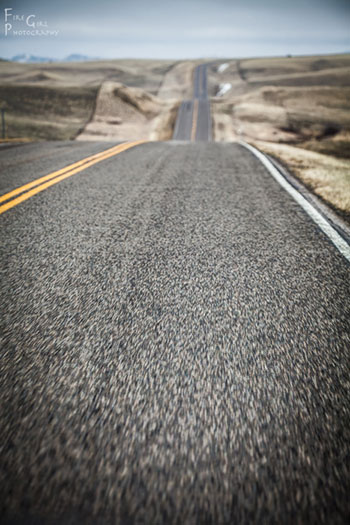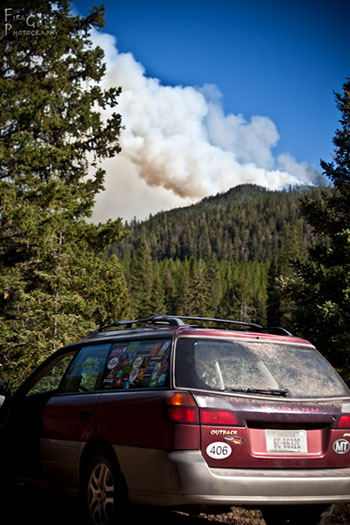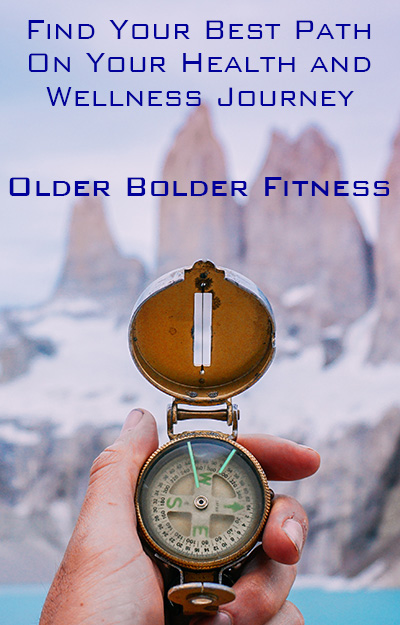
Get up high. On a boat with a flying bridge, this means a bit of climbing is in order. Here, Pete Kutzer puts the hurt on a bluefish on Cape Cod.

There are still images to be made in the monotone seasons. For this early spring shot in central Montana, I looked for strong lines leading into the frame. Composition is key.
I’ve had a couple emails this week from folks getting ready for the coming season (come on, spring) and wondering what they can do to up their photography game while out on the river. Somehow life always shines a bit rosier when we are on the water, fly rod in hand, but the perennial question is how do we capture those “big” feelings we get when we are fishing?
That quiet moment rigging up at the truck when the rest of the world begins to fade away, and the gurgle of that water through the trees is just about the damn sweetest sound you’ve ever heard? That top-of-the-world feeling when you shoot line and the cast lands exactly where you want it to? And that spellbinding golden light as the sun dips below the horizon, highlighting your buddy as he casts amidst swarms of caddis? How do we capture such grandeur in pixels and paper?
Basically, we’re looking at recording memories. Moments. Feelings. And it’s a damn sight harder than it sounds. A good rule of thumb for judging photography is this: does it make you feel anything? Sure, we all enjoy pretty colors and dynamic shapes on a page. But what emotions does it elicit? I’ve got images pinned all over my walls at home, shots I’ve pulled from magazines and ads over the years that simply make me feel something. It’s nothing short of astounding the way we can get lost in a good picture.
So how do you make photographs? Good ones? For a start, follow these few key tenets:
- Get outside. Very few (if any) great photographs happened on the couch. Get thee outside.
- Move around. Eye level is boring. Crouch. Climb trees. Stand on the cooler. Get in the water. Move thy ass.
-

Keep your gear handy—it doesn’t do you any good if it’s sitting at home. This was the day the Millie Fire ran, in the Gallatin Mountains a few summers ago. Jake and I were up nearby logging roads target shooting, and happened to be in the vicinity as the fire blew up. I got the shots before the Forest Service could close the road, had the top fold image on the local paper the next day, and a contract to cover the fire for the duration. Couldn’t have done it if the camera wasn’t present.
Light. There’s a reason photographers tend to look sleep-deprived. We are. When I’m on assignment I’m typically up an hour before dawn to get into position, and shoot as far past dusk as I can. And then I edit for a few hours. Rinse, rest a few hours, and repeat. (Coffee is our friend.) Midday light is boring. Dawn and dusk are thine allies.
Most of all, just shoot. Experiment. Play. There is no better teacher than experience, and I’m constantly reminding myself to look at things from a different angle. Let your mind run wild. Photography is, after all, a creative pursuit. I’m in production preparation for a big commercial shoot at the end of April, and am trying to find that balance between a shot list of needed images for the client and keeping it loose enough to play it by ear. Weather, water conditions, gear trouble… you never know what is going to happen. The most important thing is to stay loose, stay open, and just get it done.
Sometime in all that, to have a little fun. (Remember, there’s nothing better than a celebratory drink at the end of a good day on the water.)
As the great Ansel Adams once said, “You don’t take a photograph. You make it.”

Sometimes “move around” (rule #2) means squeezing into small spots. Here, jammed into the back of a Jeep returning from a dawn striper excursion on Martha’s Vineyard, with two of the savviest striper guys I know in the front.

